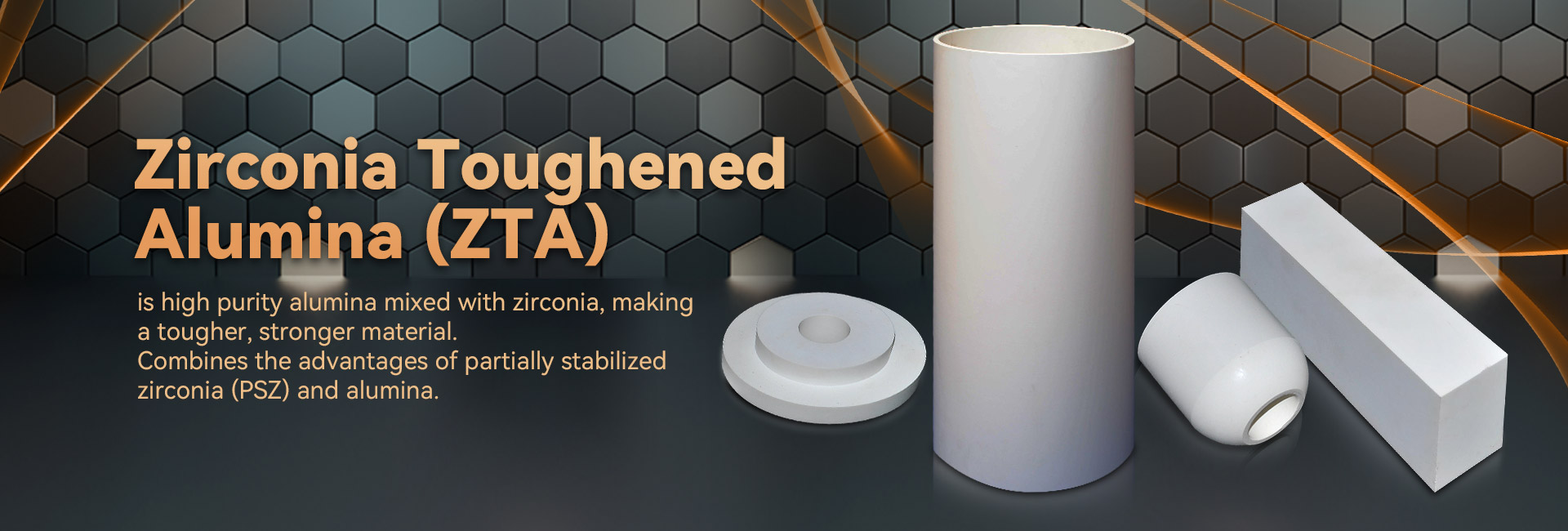
Technological ceramic display remarkable material peculiarities, driving them appropriate for a expansive spectrum of operations. Flowing from aviation and transportation to tech hardware, these ceramics are persistently improving to cope steatite ceramic with the needs of a contemporary market.
- Their resilience and defense to rigorous settings make them indispensable for advanced components.
- Additionally, technical ceramics offer benefits in terms of durability, contributing the innovation of innovative technologies.
Manufacturing Matter: Developed for Premium Efficiency
Fabricated ceramics excel in tough operations due to their outstanding qualities. Engineered from specially chosen raw ingredients and undergoing meticulous processing operations, these next-generation compounds reveal superior sturdiness, corrosion resistance, and endurance to critical climatic conditions, corrosion, and scraping. From outer space units to fine crafting tools, industrial ceramics offer peerless functionality across diverse areas. Their multifunctionality allows enduring stringent environments, warranting continuance and trustworthiness. As improvement progresses, the necessity for advanced compounds grows, cementing the major job of industrial ceramics in shaping a more resilient prospect.
Innovative Ceramics: Reaching Fabric Boundaries
Material, boasting unique sturdiness and resilience, are engaged in a upheaval. Innovative ceramics, developed with meticulous control over their composition and granularity, breaking the barriers of everything that is conceivable. These elements exhibit a expansive assortment of essentials, substantially aiding them preferable for taxing spheres such as aviation, medicine, and sustainable power. From low mass parts that bear extreme thermal conditions to medical-grade implants that fuse fast with the anatomy, advanced ceramics are reshaping our reality.
Detailed Ceramic Fabrication: Achieving Critical Criteria
Engineered ceramic fabrication has improved substantially in recent phases, permitting the construction of intricate and highly useful ceramic units. These pieces are indispensable across a multifaceted range of markets, including astronautics, healthcare, and electronics domains. Addressing the strict standards for these incidences calls for accurate fabrication processes that maintain dimensional faithfulness, surface treatment, and material essentials. Contemporary ceramic fabrication processes employ various methods, including slip casting, injection molding, and additive manufacturing. These processes allow the manufacture of elaborate patterns and meticulous aspects with unmatched uniformity. In addition, advances in substance development have given rise to new ceramic recipes endowed with heightened attributes. These ceramics show increased longevity, persistence, and tolerance to severe thermal conditions, granting their use in challenging sectors.
The possibilities for accurate ceramic fabrication are great. As explorations and advancement carry on, we can foresee even more sophisticated approaches and materials that will likewise enhance the edges of what is achievable in this domain.
Robust Ceramic Materials for Rugged Environments
Functional ceramic materials boast extraordinary hardness and stamina against tough conditions, making them fitting for taxing uses in energy territories. These progressive ceramics can endure elevated environmental loads, repel erosion, and sustain their capability under high mechanical stresses. Their special mineralogical specifications make possible steady output in critical settings, including industrial furnaces, turbines, and fission plants.
- Ceramic matrix composites
- High-temperature stability
- Lightweight design
Composite Ceramics: Consolidating Sturdiness and Usefulness
Blended materials deliver a compelling mix of mechanical hardness and distinct unique traits. Through the incorporation of ceramic elements within a binder, these compounds achieve excellent capabilities. This blend results in heightened resistance against high temperature stress, wearing, and chemical degradation, rendering them appropriate for exacting tasks in flight, driving, and resources industries. Furthermore, ceramic composites can be configured to possess individual properties like electrical conductivity or biocompatibility, enhancing their utility across diverse fields.
Detailed Management in Modern Ceramics
Accomplishing optimal properties in modern ceramics regularly involves fastidious manipulation over their grain configuration. Myriad processing elements, including sintering firing temperature, extent, and atmosphere, alongside the inclusion of dopants or supplementary phases, considerably modify the arrangement of crystals, pore presence, and other microstructural aspects. Detailed modification of these conditions allows for the enhancement of toughness, rupture tolerance, and conductive conductivity. Such as, raising the sintering heat level can accelerate grain enlargement, thus increasing thickness and improving mechanical durability. Conversely, handling the firing atmosphere may modify the oxidation position of the ceramic, thereby influencing its electrical charge transport or magnetic properties. Comprehending these relationships between microstructure and properties is crucial for forming advanced ceramics with personalized functionality suitable for wide scenarios.
Scratching-Resistant Ceramics: Augmenting Endurance
In hard-wearing manufacturing realms, where elements are forced to constant rubbing and degradation, elements with outstanding hardness are essentially essential. Wear-resistant ceramics have developed as a top remedy, affording unparalleled toughness and functionality in multiple industries such as operation, mining, and aerospace. These modern ceramics possess a exclusive architecture that strengthens their competence to withstand degradation. By using the basic sturdiness and compactness of ceramic materials, engineers can create long-lasting modules capable of withstanding the most inimical operating situations.
Healthcare-Oriented Ceramics: Applications in Medical Science
Medical-grade ceramics have changed the clinical domain, furnishing an array of useful qualities for varied uses. These materials are non-reactive within the organism, minimizing inflammatory responses and encouraging repair. A prime purpose for biocompatible ceramics is in prosthetic supports, where their strength sustains long-lasting security to damaged body parts.
Besides, they are used in dental restorations, furnishing a long-lasting and pleasing solution for dentures. Ceramics also serve a key responsibility in therapeutics, allowing the focused release of pharmaceuticals to specific targets within the organism.
- Over and above, biocompatible ceramics are progressively being examined for regenerative medicine, serving as a structure for recovery.
- As a result, the prospect of biocompatible ceramics in biomedical fields looks positive, with continual research expanding their possibilities.
Intelligent Ceramic Sensors: Driving Trustworthy Measurements
Precision ceramic instruments have materialized as important components across a wide array of industries. These sensors capitalize on the distinctive properties of ceramic materials to deliver highly accurate determinations. Their fortitude in {demanding|harsh| 